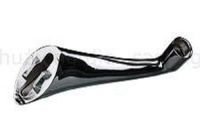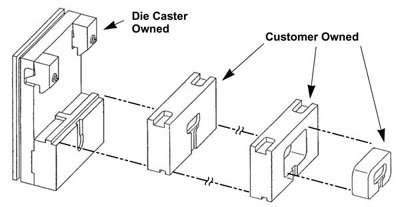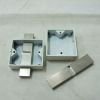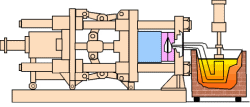Consumer Parts Die Castings – World Wide Use. For the purpose of manufacturing bulk orders of parts made from non ferrous metals such as tin, aluminum, copper or the most popular of them all, Zinc. Zinc has become very popular in Consumer Parts Die Castings because of its unique properties. It is one of the most sought after metal alloys in the world and at the same time, it is very easy to find. It can be mined of the top of the earth by grinding ores. They are known to be as hard, as tough and as strong as steel, however aluminium is just a third of the weight of steel of the same size, making it an even better choice for some manufacturers of Consumer Parts Die Castings. But, how exactly is die casting accomplished?
Die casting is similar in many ways to another manufacturing process known as permanent mould casting, wherein the material that is to be used to create the parts are first liquefied by exposing it in extreme temperatures. When the material becomes liquid, it will be poured into moulds. In permanent mould casting, after the liquid material has been poured into the moulds it will be allowed to cool and harden, in die casting the moulds are subjected to high amounts of pressure first to ensure that the material gets into every nook and cranny of the mould. In this way, Consumer Parts Die Castings give better and more accurate results compared to any other manufacturing process to create small or medium sized parts.
Zinc Die Casting Blog to get die casting information from Die Casting Zinc Company.
Look here to find information about Zinc Die Casting Alloys
Look at this webpage for
zinc die casting prices. Email us at Sales@DieCastingZinc.com






